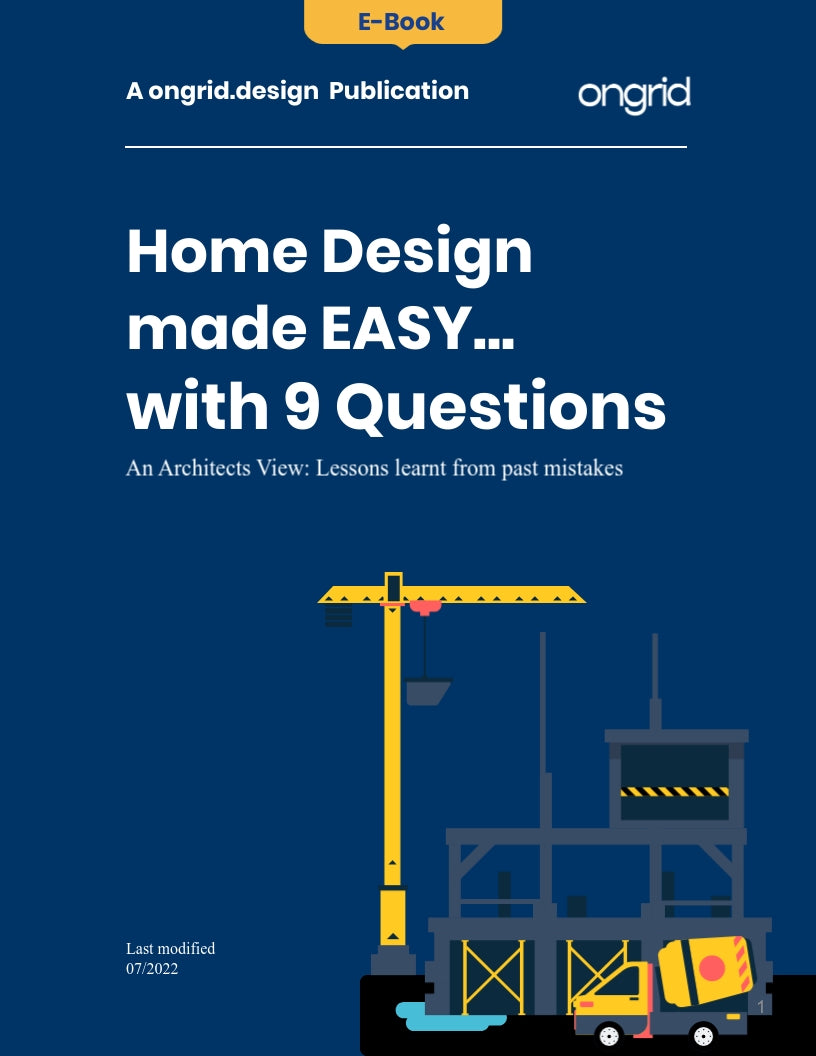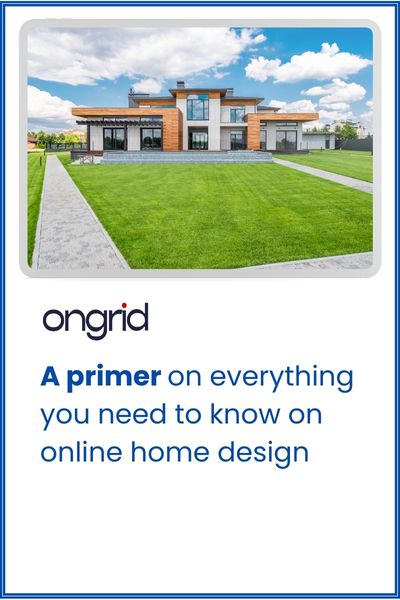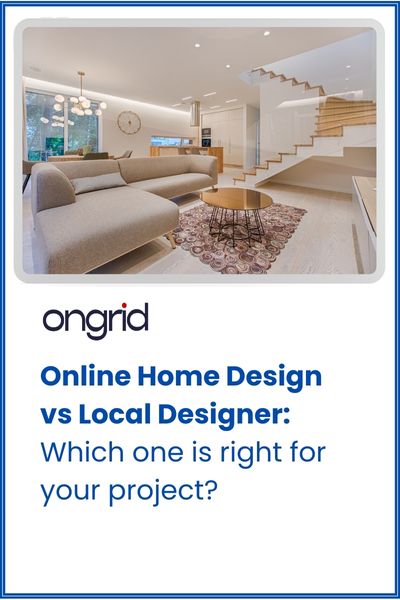False Ceiling Design 101: Costs, Styles and Brands
False Ceiling Designs: Comprehensive Guide on Materials, Styles, Brands, Prices and Maintenance Tips
False ceiling designs are a popular choice for homeowners in India looking to add a touch of style and sophistication to their interiors. Whether you're looking to revamp an outdated ceiling or simply want to add some visual interest to a room, there are plenty of false ceiling design options to choose from.
In this blog post, we'll cover everything you need to know about false ceiling designs, from the basics to the latest trends and inspiration. We'll also offer tips and advice on how to choose the right false ceiling design for your home, as well as how to maintain and care for it.
Let's get started!

Introduction to False Ceiling Designs
A false ceiling is a secondary ceiling that is suspended below the main ceiling of a room. It's a popular design feature in modern homes and can be used to create a range of looks, from traditional to contemporary.
There are several benefits to using false ceilings in your home:
- They can help to conceal wires and other unsightly elements that might be located in the ceiling.
- They can help to improve the acoustics of a room by absorbing sound and reducing echo.
- They can help to control the temperature of a room by creating an insulating layer between the main ceiling and the room.
- They can add visual interest and style to a room, especially if you opt for a design that incorporates patterns, textures, or lighting.
There are several types of false ceilings to choose from, including:
-
Plaster of Paris (POP) false ceilings: These are made from a mixture of gypsum, water, and other additives, and are a popular choice in India due to their affordability and versatility. POP false ceilings can be molded into a range of shapes and styles, and can be painted or finished to match the decor of a room.
-
Gypsum false ceilings: These are similar to POP false ceilings, but are made from pure gypsum rather than a mixture. They offer a smoother finish and are more durable than POP false ceilings, but they are also more expensive.
-
Metal false ceilings: These are made from a range of metal materials, including aluminum, steel, and copper. Metal false ceilings are strong, durable, and easy to install, and they are a good choice for areas with high humidity or moisture.
-
Wood false ceilings: These are made from wood panels or planks, and can be used to create a rustic or natural look in a room. Wood false ceilings are more expensive than other options and may require more maintenance, but they can add warmth and character to a space.
False Ceiling Designs for Different Rooms
When it comes to choosing a false ceiling design for your home, it's important to consider the specific needs and style of each room. Here are some ideas for false ceiling designs for different rooms in your home:

Living Room False Ceiling
The living room is the heart of the home, so it's important to choose a false ceiling design that reflects your personal style and enhances the overall look of the space. Here are some ideas for false ceiling designs in the living room:
-
A pop of color: Add a splash of color to your living room with a false ceiling that incorporates bold hues or patterns. You could use color-changing LED lights to create a dynamic, mood-enhancing look.
-
A modern touch: If you have a contemporary home, consider a
-
A rustic feel: For a rustic or farmhouse-style living room, a wood false ceiling can add warmth and character to the space. You could choose natural wood panels or planks, or opt for a distressed or reclaimed wood look.
-
A textured look: Textured false ceilings can add depth and interest to a living room. You could choose a design that incorporates patterns, such as geometric shapes or herringbone, or opt for a material with a natural texture, such as stone or brick.

Bedroom False Ceiling
The bedroom is a place for relaxation and rest, so you'll want to choose a false ceiling design that creates a calming, serene atmosphere. Here are some ideas for false ceiling designs in the bedroom:
-
A soothing color palette: Soft, neutral colors can help to create a peaceful atmosphere in the bedroom. Choose a false ceiling design that incorporates pale shades of blue, green, or pink, or opt for a monochromatic look with shades of white or grey.
-
A romantic look: Add a touch of romance to your bedroom with a false ceiling design that incorporates curves and soft, flowing lines. You could choose a design that incorporates intricate patterns or use materials like fabric or paper to create a softer, more organic look.
-
A minimalist look: If you prefer a clean, uncluttered look in your bedroom, a minimalist false ceiling design might be the way to go. Choose a simple design with a single color or material, and pair it with sleek, modern furnishings for a cohesive look.

Kitchen False Ceiling
The kitchen is a busy, high-traffic area, so you'll want to choose a false ceiling design that is durable and easy to maintain. Here are some ideas for false ceiling designs in the kitchen:
-
A practical design: Consider a false ceiling design that incorporates practical elements like built-in lighting or ventilation. You could also choose a design that conceals wires and other unsightly elements, or opt for a waterproof material like PVC or metal if you have concerns about moisture or spills.
-
A modern look: A sleek, modern false ceiling design can add a touch of sophistication to your kitchen. You could choose a design that incorporates clean lines and geometric shapes, or use materials like stainless steel or glass to create a contemporary look.
-
A natural touch: For a more rustic or natural look in the kitchen, consider a false ceiling design that incorporates wood or stone. These materials can add warmth and character to the space, and they can be paired with a range of decor styles, from traditional to modern.
False Ceiling Designs for Different Budgets
False ceiling designs can range in cost, depending on the materials and complexity of the design. Here are some ideas for false ceiling designs that fit a range of budgets:
Economical Options
-
Plaster of Paris (POP) false ceilings: These are a budget-friendly option that can be molded into a range of shapes and styles. They are also relatively easy to install, which can help to keep costs down.
-
Gypsum board false ceilings: Gypsum board is a cost-effective alternative to plaster of Paris, and it can be molded into a range of shapes and styles.
-
Metal false ceilings: Metal false ceilings can be an economical option, especially if you opt for a lightweight material like aluminum. Metal false ceilings are also easy to install, which can help to keep costs down.
High-End Options
- Wood false ceilings: Wood false ceilings can be more expensive than other options, but they can add warmth and character to a space. You could choose a natural wood finish,
-
or opt for a more luxurious look with a rich, stained finish.
-
Fabric false ceilings: Fabric false ceilings can create a soft, organic look, and they can be a good choice for areas with poor acoustics. However, fabric false ceilings can be more expensive than other options, and they may require more maintenance and upkeep.
-
Custom false ceilings: If you have a specific design in mind, a custom false ceiling may be the way to go. Custom false ceilings can be made to fit your exact specifications, but they will likely be more expensive than other options.
-
False Ceiling Designs for Different Styles
False ceiling designs can be tailored to fit a wide range of decor styles, from traditional to modern. Here are some ideas for false ceiling designs that complement different decor styles:

Minimalist Style
-
A monochromatic look: A monochromatic false ceiling, with a single color or material, can create a sleek, minimalist look. You could choose a design with clean lines and geometric shapes, or opt for a material like stainless steel or glass.
-
A floating look: A false ceiling that appears to float above the main ceiling can create a sleek, modern look. You could choose a design with a thin frame or use a transparent material like acrylic to achieve this effect.

Bohemian Style
-
A colorful design: A false ceiling with bold, vibrant colors can add a bohemian touch to a space. You could choose a design with intricate patterns or opt for a design that incorporates multiple colors.
-
A textured look: A false ceiling with a natural, textured finish can add a bohemian touch to a space. You could choose a design with a rough, rustic finish, or opt for a material like bamboo or rattan for a more organic look.

Industrial Style
-
A metal finish: A false ceiling with a metal finish can add an industrial touch to a space. You could choose a design with a raw, unfinished look, or opt for a polished finish for a more refined look.
-
A grid pattern: A false ceiling with a grid pattern can create a modern, industrial look. You could choose a design with a single color or material, or incorporate multiple colors or materials for a more dynamic look.

False Ceiling Design Trends
False ceiling designs are constantly evolving, and it can be helpful to stay up-to-date with the latest trends and styles. Here are some false ceiling design trends to keep an eye on:
-
Geometric shapes: False ceilings with geometric shapes, such as circles, triangles, and squares, are a popular trend. These shapes can add visual interest and can be incorporated into a range of decor styles.
-
Color-changing LED lights: LED lights that can change color are a popular choice for false ceilings. These lights can be used to create dynamic, mood-enhancing looks, and they are energy-efficient as well.
-
Textured finishes: False ceilings with textured finishes, such as stone, brick, or wood, are a popular trend. These finishes can add depth and character to a space and can be incorporated into a range of decor styles.
-
Sustainable materials: False ceilings made from sustainable materials, such as bamboo or recycled plastic, are becoming increasingly popular. These materials can help to reduce the environmental impact of your false ceiling design.

How to Choose the Right False Ceiling Design
With so many false ceiling design options to choose from, it can be overwhelming to select the right one for your home. Here are some tips for choosing the right false ceiling design:
-
Consider the size of the room:
The size of the room can impact the scale and proportion of the false ceiling design you choose. For example, a high, dramatic false ceiling might be too much for a small room, while a low, subtle design might be lost in a large room.
-
Think about the function of the room: The function of the room can also impact the false ceiling design you choose. For example, you might want to choose a design that incorporates built-in lighting or ventilation in a kitchen, or a design that improves the acoustics in a home theater.
-
Consider the style of the room: The style of the room should also be a factor in your false ceiling design choice. You'll want to choose a design that complements the overall decor of the room, whether it's traditional, modern, or something in between.
-
Determine your budget: Your budget is also an important consideration when it comes to false ceiling designs. Determine how much you're willing to spend on the project and choose a design that fits within your budget.
-
Get professional help: If you're feeling overwhelmed by the false ceiling design choices, consider seeking the help of a professional interior designer. They can help you narrow down the options and choose a design that meets your needs and fits your style.

False Ceiling Design Maintenance and Upkeep
False ceiling designs require some maintenance and upkeep to keep them looking their best. Here are some tips for maintaining and caring for your false ceiling design:
-
Keep it clean: Regularly dust and vacuum your false ceiling to keep it looking clean and fresh. You can use a soft, dry cloth or a feather duster to gently remove dust and dirt from the surface.
-
Protect it from moisture: If you have a false ceiling design in a room with high humidity or moisture, take steps to protect it. This might involve using a waterproof material like PVC or metal, or installing a dehumidifier to control the moisture levels in the room.
-
Repair any damage: If you notice any damage to your false ceiling design, such as cracks or chips, repair it as soon as possible. This can help to prevent further damage and ensure that your false ceiling looks its best.
-
Replace damaged tiles: If you have a false ceiling design with tiles, you may need to replace damaged tiles from time to time. Keep a few extra tiles on hand in case you need to make repairs.

False Ceiling Design FAQs
Here are some common questions homeowners have about false ceiling designs:
-
How do I install a false ceiling?
Installing a false ceiling can be a complex process, and it's usually best to hire a professional contractor to do the job. A contractor will be able to measure and install the false ceiling correctly, ensuring that it is properly supported and secure.
-
How do I measure for a false ceiling?
To measure for a false ceiling, you'll need to measure the length and width of the room, as well as the height of the ceiling. You'll also need to consider any obstacles or features in the room, such as doors, windows, or light fixtures, that might impact the design of the false ceiling.
-
What materials are best for false ceilings?
The best material for a false ceiling will depend on your personal preferences and the specific needs of the room. Some popular options include plaster of Paris, gypsum, metal, wood, and fabric. Consider factors like cost, durability, maintenance requirements, and style when choosing a material.

False Ceiling Design Inspiration
Looking for some inspiration for your false ceiling design? Here are some successful false ceiling design projects to spark your creativity:
-
A modern, monochromatic look: This false ceiling design incorporates a sleek, monochromatic look, with a single color and material. The clean lines and geometric shapes create a modern, minimalist look that is perfect for a contemporary home.
-
A rustic, wood-paneled look: This false ceiling design incorporates wood panels to create a rustic, farmhouse-style look. The wood adds warmth and character to the space, and the rough, unfinished finish adds to the rustic vibe.
-
A colorful, geometric look: This false ceiling design incorporates a range of colors and geometric shapes to create a dynamic, eye-catching look. The use of color-changing LED lights adds to the visual interest and can be used to create different moods and ambiances.
-
A textured, natural look: This false ceiling design incorporates a range of natural materials, including stone and wood, to create a textured, organic look. The use of natural materials adds warmth and character to the space, and the rough, unfinished finishes add to the rustic vibe.
Conclusion
False ceiling designs can add style, sophistication, and functionality to your home. Whether you're looking for a traditional or modern look, there are plenty of false ceiling design options to choose from. By considering the size, function, style, and budget of the room, you can select the perfect false ceiling design for your home. Just be sure to maintain and care for your false ceiling design to keep it looking its best.
A table comparing important points for a homeowner to consider when choosing a false ceiling for their home interiors:
| False Ceiling Option | Pros | Cons |
|---|---|---|
| Plaster of Paris (POP) | Affordable, versatile, can be molded into various shapes and styles | May not be as durable as other options, may require more maintenance |
| Gypsum | Smooth finish, more durable than POP, fire-resistant | More expensive than POP |
| Metal | Strong, durable, easy to install, good for high humidity or moisture areas | May be more expensive than other options |
| Wood | Adds warmth and character to a space, can be used to create a rustic or natural look | More expensive than other options, may require more maintenance |
| Fabric | Soft, organic look, can be used to improve acoustics in a room | More expensive than other options, may require more maintenance and upkeep |
When choosing a false ceiling, it's important to consider the specific needs and style of the room, as well as your budget and maintenance preferences. A professional interior designer can also be a helpful resource in selecting the right false ceiling design for your home.
| False Ceiling Option | Pros | Cons | Popular Indian Brands | Price Range |
|---|---|---|---|---|
| Plaster of Paris (POP) | Affordable, versatile, can be molded into various shapes and styles | May not be as durable as other options, may require more maintenance | Saint-Gobain Gyproc, Ramco, HIL | INR 30-50 per sq ft |
| Gypsum | Smooth finish, more durable than POP, fire-resistant | More expensive than POP | Saint-Gobain Gyproc, Ramco, HIL | INR 50-70 per sq ft |
| Metal | Strong, durable, easy to install, good for high humidity or moisture areas | May be more expensive than other options | Armstrong, AMF, Hunter Douglas | INR 70-100 per sq ft |
| Wood | Adds warmth and character to a space, can be used to create a rustic or natural look | More expensive than other options, may require more maintenance | Greenply, Merino, Centuryply | INR 100-150 per sq ft |
| Fabric | Soft, organic look, can be used to improve acoustics in a room | More expensive than other options, may require more maintenance and upkeep | Hunter Douglas, Armstrong | INR 150-200 per sq ft |
It's worth noting that these price ranges are estimates and may vary based on the specific design and materials used. It's always a good idea to get quotes from multiple vendors to get a better understanding of the cost of a false ceiling design.
Thank you for taking the time to read our blog post on false ceiling designs. We hope that you found the information helpful and that you now have a better understanding of the different options available to you. If you have any further questions or are looking for more inspiration, be sure to check out our other blog posts on home design and decorating. We have articles on a range of topics, including color schemes, furniture selection, and home organization. We hope you enjoy reading these posts as much as we enjoyed writing them!









